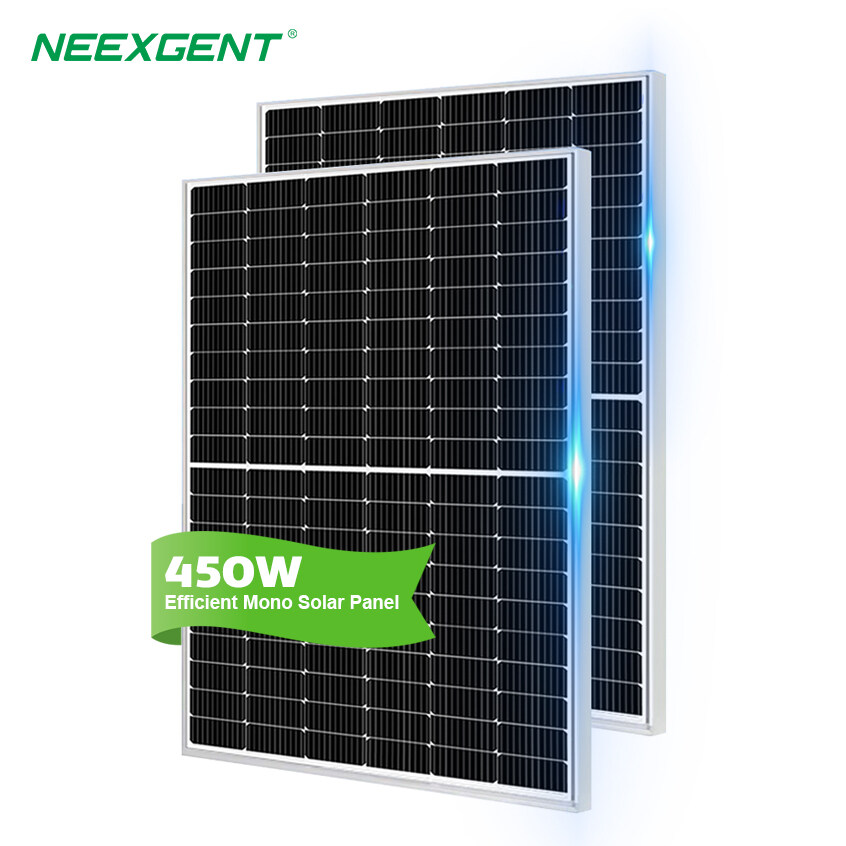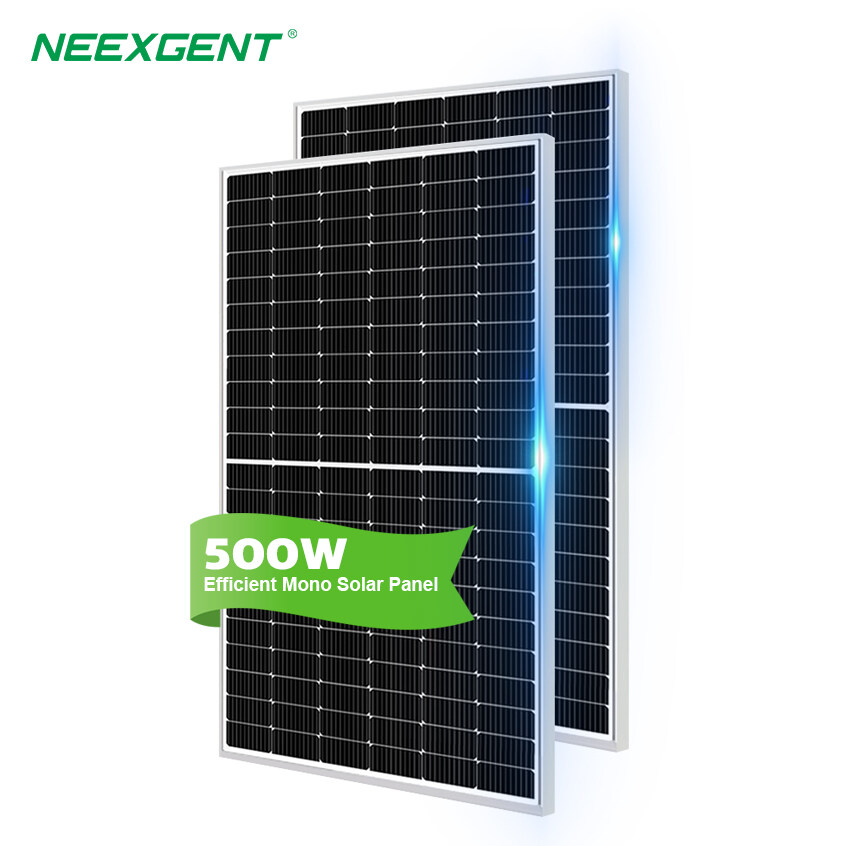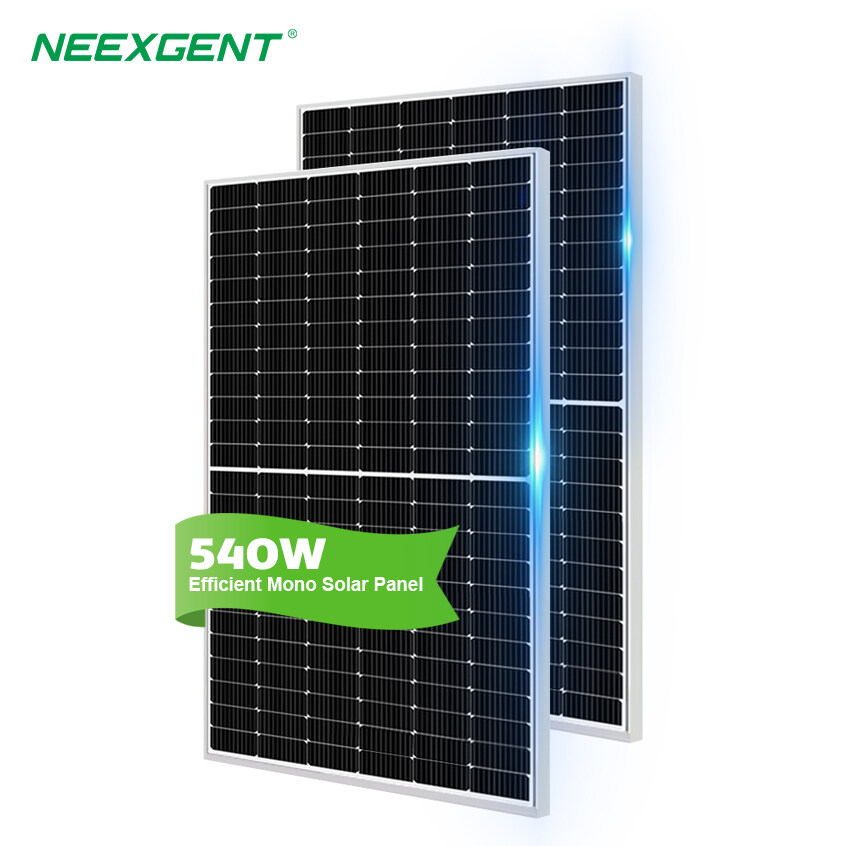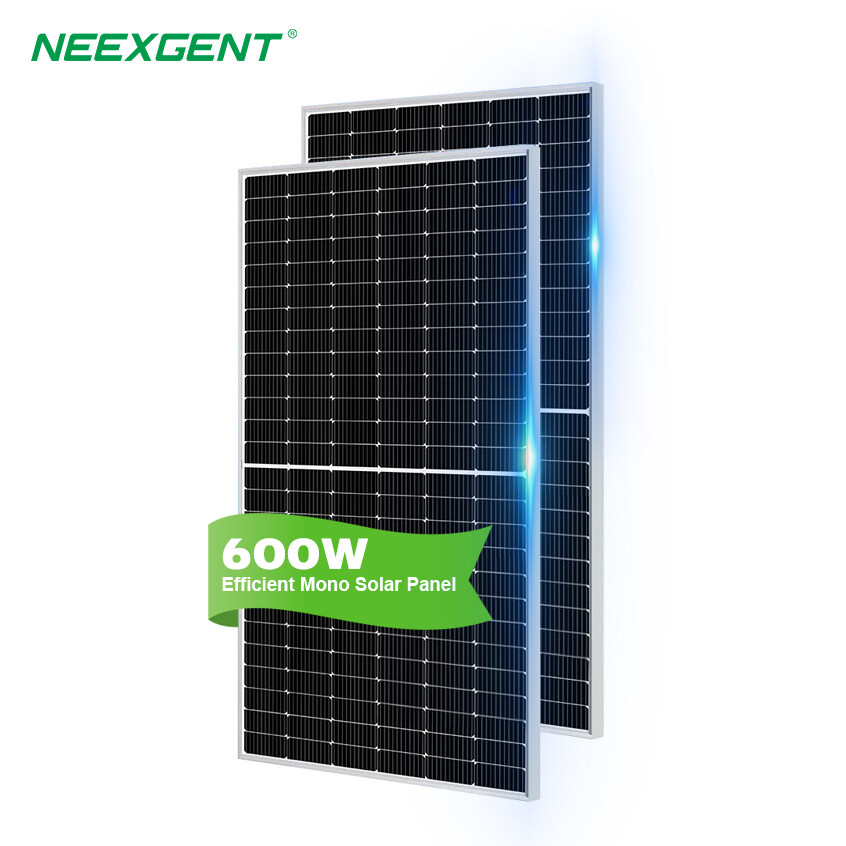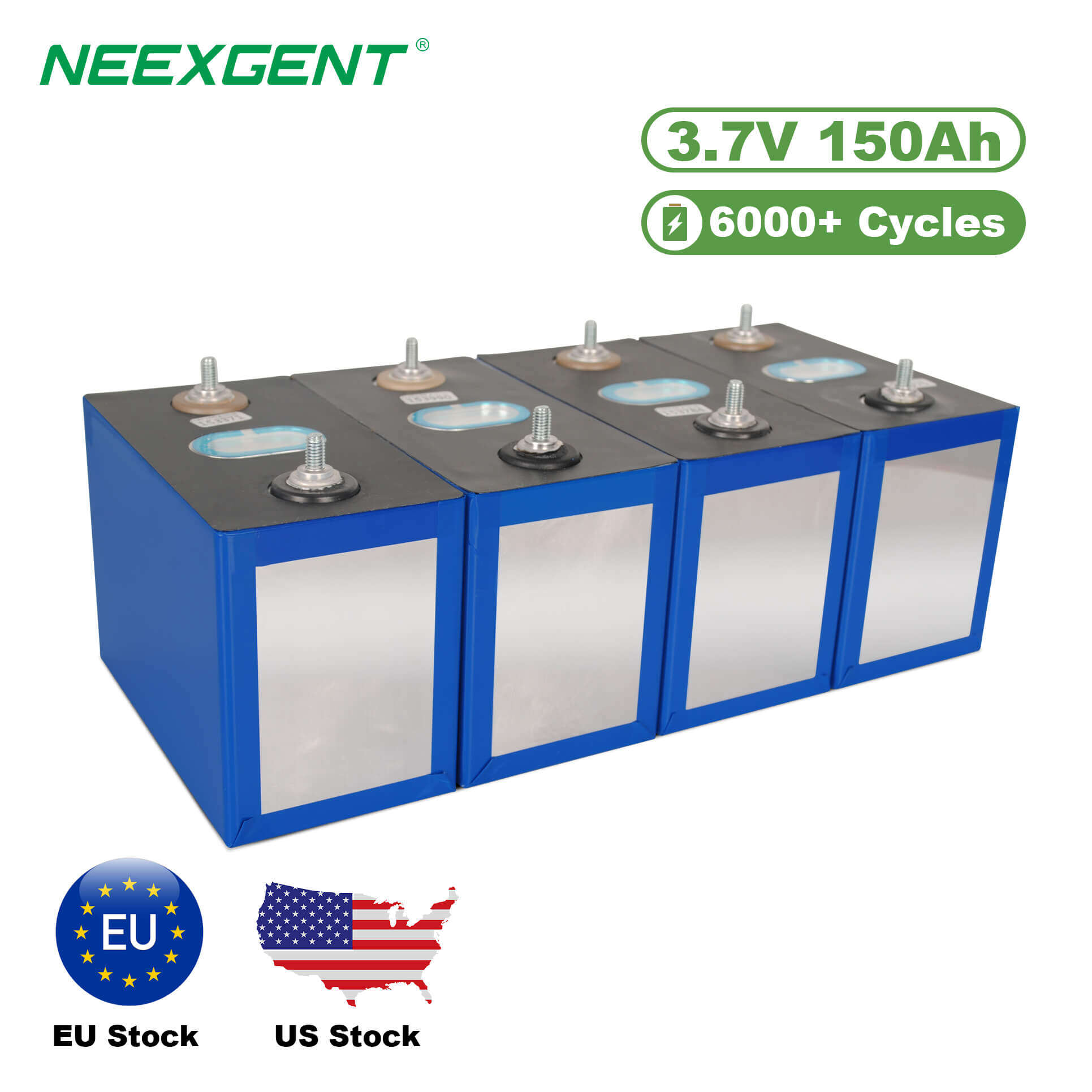Contents:
Understanding Your Options: Purchase vs. Lease
Cost Breakdown of Purchasing Solar Panels
The Economics of Solar Leasing
Comparative Analysis: Purchase vs. Lease
Case Study: A 6 kW System Comparison
Pros and Cons Recap
Conclusion
FAQs
Residential solar installations have seen remarkable growth in recent years, driven by declining installation costs and rising electricity prices. In 2025, average residential solar installation costs range from $2.56 to $2.90 per watt before incentives. However, homeowners must choose between purchasing and leasing solar panels, a decision that significantly impacts long-term savings, return on investment (ROI), and overall value for money.
This article provides an in-depth analysis of the cost-effectiveness of purchasing versus leasing solar panels. We will examine upfront expenses, financing options, available incentives, anticipated savings, and the broader financial implications of each choice. By the end, you will have a clear understanding of which option offers the best value for different financial situations and goals.
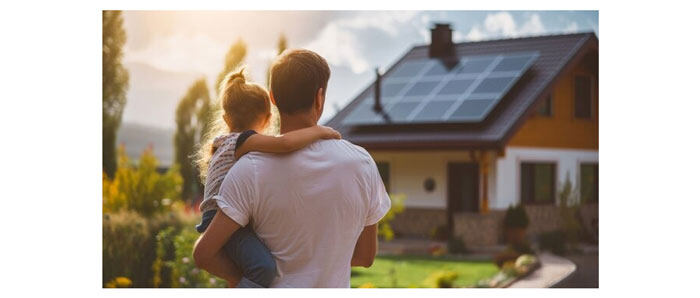
Understanding Your Options: Purchase vs. Lease
When you purchase solar panels, you either pay cash upfront or finance the system through a solar loan. Ownership means you benefit from all federal, state, and local incentives, and you fully capture the long-term savings generated by the system. In contrast, a solar lease or Power Purchase Agreement (PPA) involves a third-party ownership model. With a lease, you pay a fixed monthly fee to rent the panels, while with a PPA, you pay for the electricity the system generates at a predetermined per-kilowatt-hour rate. Under both arrangements, the leasing company retains ownership of the equipment and claims available tax credits and rebates.
Cost Breakdown of Purchasing Solar Panels
Upfront Costs and Incentives
The upfront cost of a solar installation is typically measured in cost-per-watt. National averages for 2025 show installation costs between $2.56 and $2.90 per watt before incentives. For a standard 6 kilowatt (kW) system—sufficient to offset most residential electricity usage—this translates to $15,360–$17,400 before incentives.
Homeowners who purchase their system outright or via a loan can leverage the Federal Investment Tax Credit (ITC), which reduces the system’s cost by 30%. Applying this credit lowers the net cost of a 6 kW system to approximately $10,752–$12,180. In many states, additional rebates and incentives—such as performance-based incentives, state tax credits, and sales tax exemptions—can further reduce the net cost by several thousand dollars.
Financing with Loans
For homeowners who cannot pay cash upfront, solar loans provide a way to finance the purchase over time while retaining system ownership. Solar loans can be unsecured or secured (with your home as collateral), with typical terms ranging from 5 to 25 years. While loans accrue interest, the cost of borrowing is often offset by the tax credit and the system’s energy savings. Loan payments are fixed, which shields homeowners from rate escalations common to leases.
Savings Over Time
Purchasing solar panels typically yields the greatest long-term savings. Homeowners who purchase systems can save anywhere from $31,000 to $100,000 over a 25-year period. These savings stem from avoided utility bills, net metering credits, and the system’s ownership value after the loan term ends.
The Economics of Solar Leasing
How Solar Leases Work
Solar leases offer 100% no-money-down installations, making solar accessible to those without capital or credit to secure loans. Under a lease, you sign a 20–25 year contract and pay the leasing company a monthly fee to rent the panels. The provider owns the system, handles maintenance, and collects all solar incentives.
Monthly Payments and Escalators
Lease payments are typically fixed for the first year but often include an annual escalator of 1–3% to account for inflation and market adjustments. While the lack of upfront cost is appealing, escalators mean that payments increase over time, reducing overall savings.
Savings Potential with Leases
With a solar lease or PPA, homeowners generally achieve 10–30% savings on their utility bills compared to remaining solely grid-connected. This contrasts with the much larger savings possible through ownership. Moreover, because the leasing company claims the federal tax credit and other incentives, the consumer cannot apply these benefits to their personal tax liability.
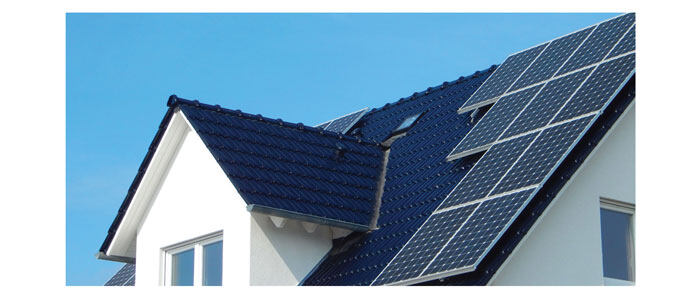
Comparative Analysis: Purchase vs. Lease
Net Present Value Comparison
Financial analyses—such as net present value (NPV) studies—consistently show that purchasing a system yields a higher NPV than leasing. While leasing eliminates upfront expenditures, the combination of the tax credit, predictable financing costs, and absence of escalators favors direct purchase. Over a 20–25 year horizon, ownership generally produces a stronger return on investment.
Impact on Home Value
System ownership can also increase home value. Owning a solar system can make a home more attractive to buyers, commanding a higher sale price and accelerating time on the market. Leased systems, in contrast, may complicate real estate transactions, as buyers must either assume the lease or wait for its termination, potentially creating a barrier to sale.
Maintenance and Ownership Considerations
Under a lease, the provider is responsible for maintenance and repairs, removing a significant responsibility from the homeowner. However, most purchased systems come with manufacturer warranties (typically 10–25 years for panels and 5–15 years for inverters), and many installers offer extended service plans. Owning the system means any maintenance must be arranged by the homeowner, but this is rarely a major cost and is outweighed by the savings benefits.
Case Study: A 6 kW System Comparison
Consider two financing scenarios for the same 6 kW system:
-
Purchase scenario:
-
Pre-incentive cost: $17,400 (6,000 W × $2.90/W)
-
After 30% ITC: $12,180 net cost
-
Ownership: full access to savings, tax credits, and residual value
-
Lease scenario:
-
No upfront cost
-
Initial monthly payment: approximately $85.63 based on average system cost prorated to 6 kW
-
Annual escalator: 2%
-
Total lease payments over 20 years exceed $25,000, with no end-of-term ownership
This example underscores why ownership typically delivers greater lifetime value.
Pros and Cons Recap
Purchasing Solar Panels
-
Pros:
-
Maximum long-term savings ($31k–100k)
-
30% federal tax credit (ITC) plus additional incentives
-
Increased home value and marketability
-
Full system ownership and residual value
-
Cons:
Leasing Solar Panels
-
Pros:
-
Cons:
-
Lower long-term savings (10–30% on bills)
-
Annual escalators of 1–3%
-
No direct access to tax credits or incentives
-
Potential complications during home sale
Conclusion
For homeowners aiming to maximize value for money, purchasing solar panels—either with cash or through a fixed-rate loan—emerges as the superior financial choice in nearly all scenarios. The combination of substantial federal and state incentives, significant long-term savings, and property value enhancements far outweighs the benefits of leasing structures. Leasing remains an accessible option for those with limited capital or credit access, but the reduced savings, lack of incentive benefits, and payment escalators can erode the financial advantages of solar.
Ultimately, individual financial circumstances and goals will dictate the best path. Those with the means to invest upfront or secure favorable loan terms will find that ownership is the clearest route to maximizing both environmental impact and economic return.
FAQs
What are the typical upfront costs for purchasing vs. leasing solar panels?+
Purchasing: You’ll generally pay $2.50–$3.00 per watt installed upfront (or finance via a solar loan), which for a 6 kW system means $15,000–$18,000 before incentives.
Leasing: There is usually little to no down payment, but you’ll start paying a fixed monthly fee—often $50–$100—to rent the panels.
How do tax credits and other incentives differ between buying and leasing?+
Purchasing: You (the homeowner) claim the 30% federal Investment Tax Credit (ITC) plus any state or local rebates, directly reducing your net system cost.
Leasing: The leasing company owns the panels and claims the ITC and rebates. You benefit indirectly in the form of lower lease payments, but you don’t apply the credits on your personal taxes.
Can I transfer or terminate a solar lease if I sell my home?+
Most leases are 20–25 years long and are transferable to the new homeowner, but the buyer must qualify and agree to the same lease terms.
If the new owner declines, you may need to buy out the lease (often at market value) or wait until the end of the contract, which can complicate the home sale.
Which option offers the best long-term savings?+
Purchasing: Ownership typically delivers 60%–70% more lifetime savings than leasing, thanks to full incentive capture and the absence of annual escalators.
Leasing: You may save 10%–30% on your electricity bills versus grid-only power, but escalators (1%–3% annual increases) and forfeited incentives limit long-term gains.
Who’s responsible for maintenance and repairs?+
Purchasing: You own the system and coordinate maintenance yourself, though most equipment comes with 10–25 year warranties and installers often offer service plans.
Leasing: The provider handles all routine maintenance and repairs at no additional cost, giving you “hands-off” peace of mind.

